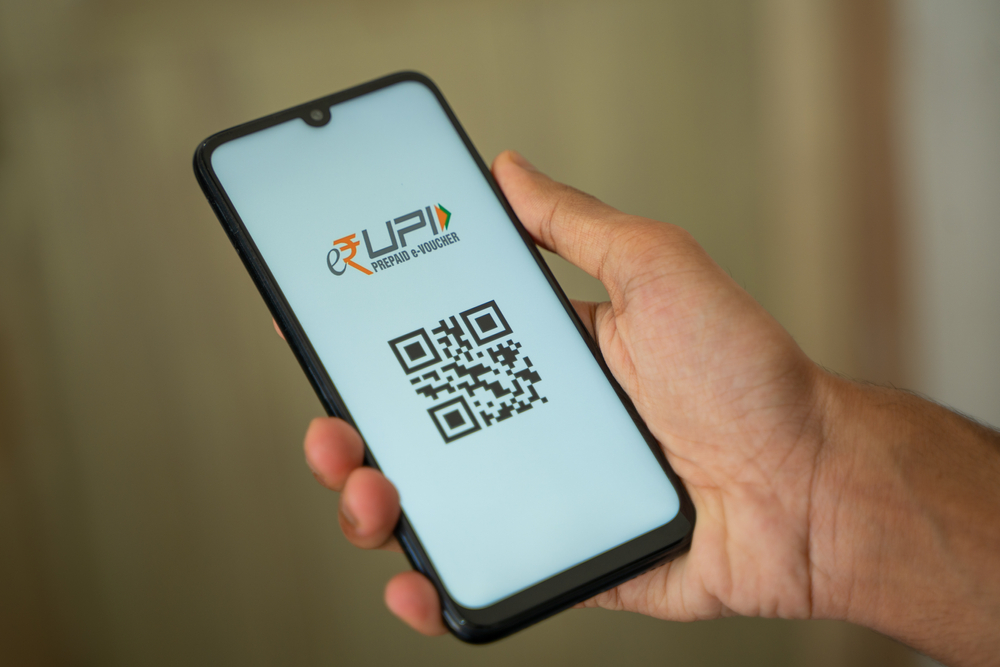India, the land of a billion people, entered an era of affordable internet services in 2016, which opened the country’s doors to an ocean of opportunities. This enabled multiple companies, startups, and the government to innovate in various fields and diversify their offerings to consumers. One of the biggest beneficiaries of this has been the banking industry, and in turn, the common man.
The transformation of India’s banking sector in 2016 was primarily due to the nationwide rollout of affordable 4G services, demonetisation, and the introduction of Unified Payments Interface (UPI) services. This, along with the government’s aggressive push through the PM Jan Dhan Yojana to bring all citizens under the banking umbrella, gave a boost to the country’s wide banking coverage.
With readily available internet and mobile devices, people could promptly access banking services, and the bouquet of services available to them also increased. The common man realised that banks have evolved from a simple agency that accepts deposits and lends money to a much larger organisation that offers numerous services such as bill payments, instant transfers, and investment facilitators, among others.
According to figures by the NPCI, the body that runs UPI, the number of transactions went from a meagre 0.38 crore in July 2016 to a whopping 11,16,438.10 crore in September 2022. These days, it’s common for shops of all sizes—from corner markets to sprawling malls—to accept payments via QR code and reader.
From the Banker’s Perspective:
While much attention is paid to the ease with which consumers can transact, there is a much larger, positive impact that digitisation has had on bankers. With an increasing number of services now available digitally, the load on bankers has been reduced to a large extent. Remember the long queues to update your passbook, to withdraw money, or to open an account? Well, these services and a lot more are now at the fingertips of the Indian consumer, and bank employees have some breathing room.
If Core Banking Solution (CBS) made interoperability easier and took some load off the bankers, the recent opening of Digital Banking Units (DBU) takes it a notch ahead. DBUs are envisaged to provide a wide gamut of services to the people, including the opening of savings accounts, passbook updates, transfers of funds, etc.
While these will greatly benefit the common people and go a long way toward providing last-mile delivery of financial services, they will also take an immense load from the banking staff, who are already handling multiple responsibilities at the same time. Thus, digitisation of banking services is a win-win for both consumers and bankers.
Balancing the Sheets:
All said and done, there’s still some distance to cover in including all sections of society in the formal banking structure, but the progress made so far has been one of the highlights of the Indian growth story and has established India as one of the pioneers in the digital banking industry.



